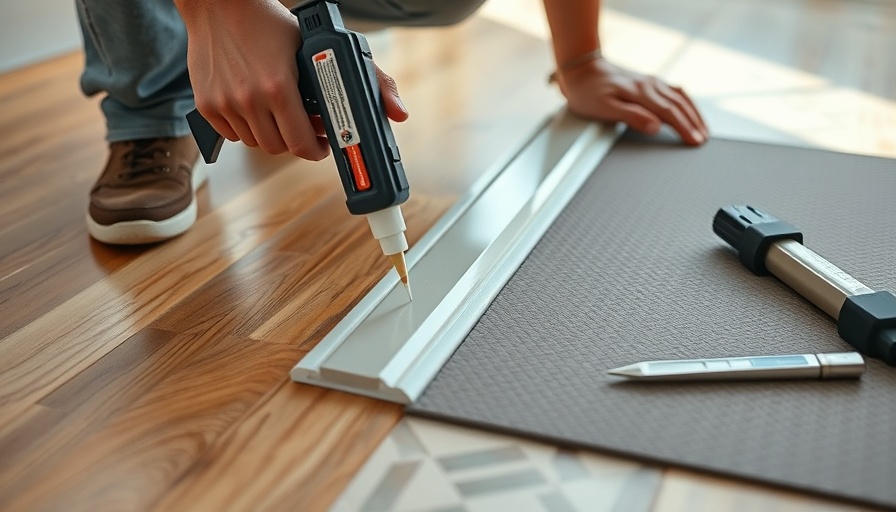
Mastering Transitions: A DIY Guide for Homeowners
Homeowners in Folsom and El Dorado Hills, California, let's talk about floor transition strips—those often-overlooked accessories that can dramatically elevate your flooring project. Installing a floor transition strip properly not only enhances safety by preventing tripping hazards but also gives your space a polished and professional look. This comprehensive guide will help you select and install the right transition strip in just a few simple steps.
Why Are Transition Strips Important?
You've invested in beautiful flooring—whether it's hardwood, laminate, or tile—so why let poor transitions undermine your design? The right transition strip seamlessly blends different flooring surfaces, ensuring a safe and visually appealing connection. Inadequate transitions can detract from an otherwise flawless aesthetic and pose safety risks, particularly if there are height differences between flooring types, such as vinyl to carpet or tile to concrete.
Choosing the Right Type of Transition Strip
Transition strips come in a variety of materials, including wood, metal, and plastic. When selecting a strip, consider the following categories: thresholds, reducers, and T-moldings.
- Thresholds: Ideal for doorways that connect rooms with the same height flooring.
- Reducers: These strips are essential when transitioning between floors of different heights.
- T-Moldings: Best for situations where two surfaces of the same height meet.
For your installation, purchasing a transition strip from the same manufacturer as your flooring guarantees a perfect match, contributing to a cohesive look throughout your home.
5 Simple Steps to Installation
- Measure the Length: Use a measuring tape to determine how long of a transition strip you need. Ensure it fits snugly without any gaps.
- Cut Your Transition Strip: With precision tools, measure and cut your transition strip to the desired length.
- Prepare the Surface: Clean the area where the strip will be installed, removing any debris or adhesive remnants.
- Adhere the Strip: Depending on the type of transition, use adhesive or nails as needed to secure the strip in place.
- Finishing Touch: Check for stability and alignment before stepping back to admire your work.
Final Thoughts
Transition strips are much more than just functional components of flooring installations; they play a crucial role in achieving an elegant finish for your flooring projects. Whether you are a DIY enthusiast or just looking to enhance your home, understanding the importance and functionality of transition strips simplifies the task at hand. With the right tools and materials, you can ensure your home remains both beautiful and safe for years to come.
 Add Row
Add Row  Add
Add 




Write A Comment